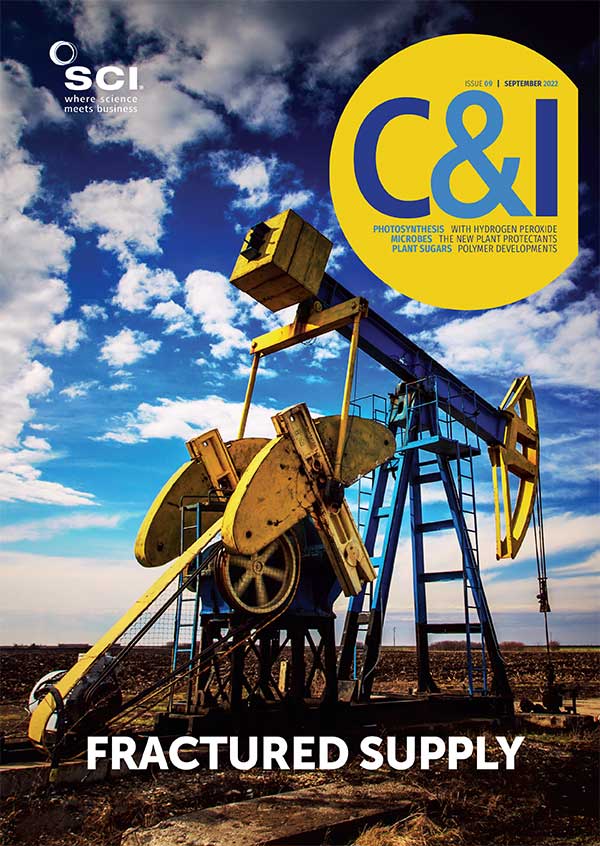ANTHONY KING
Global wheat yields are half what they could be, according to an evaluation of untapped genetic potential. This yield potential is what could be achieved with genetic improvements.
An enormous future challenge is to not only increase food production, but to do so under a harsher climate with fewer inputs, possibly with less access to fresh water and less arable land. ‘We need to increase food production substantially in the coming future,’ says Nimai Senapati at Rothamsted Research, UK, who helped lead the new study. ‘The current rate of improvement is not sufficient.’
Wheat is one of the world’s most important crops. Growers are already familiar with the classical yield gap: the difference between what a cultivar can in theory achieve, and what a farmer obtains due to suboptimal management. A genetic yield gap is the gap between a crop species optimised to an environment – an idealised variety – and what a local cultivar presently achieves. To calculate this gap for wheat, an international team looked at 53 growing sites across 33 countries (Nature Food, 2022, 3, 532).
The average potential yield of current local wheat cultivars was estimated to be 6 dry matter (DM) tonnes per hectare, as weighted by country and rainfed and irrigated wheat-harvesting area. The current mean global wheat yield stands at 3 DM tonnes per hectare, half this estimated potential.
The cultivars in Australia and Kazakhstan had the lowest potential yields, 3 to 4 DM t ha-1, but they also had the highest genetic yield gap, at 70%. Among major producer countries, this gap was 53% for Russia, 51% for Pakistan, 47% for Canada, India and the US, 44% for Ukraine and 43% for France. China and Germany were lower at 40%, while UK genetic yield gap was 42%.
‘A large gap means that there’s a greater opportunity to increase yield, to fill the gap, and so in terms of policy, there is a high potential to increase yield if a country allocates more resources for breeding or further research,’ says Senapati. Others agree with these sentiments.
‘Currently more than half the world’s wheat is produced by just five countries. This means that our global food security is fragile,’ notes Simon Griffiths, a wheat geneticist at the John Innes Centre in Norwich, UK. This new study offers ‘a hopeful message by making a very strong case that there is still a wide gap between yield being achieved on farms, even with best agronomic practice, and the genetic potential that could be achieved with concerted breeding efforts.’
‘This is our best hope of maintaining food security and achieving much needed yield gains in a sustainable way,’ Griffiths concludes.





